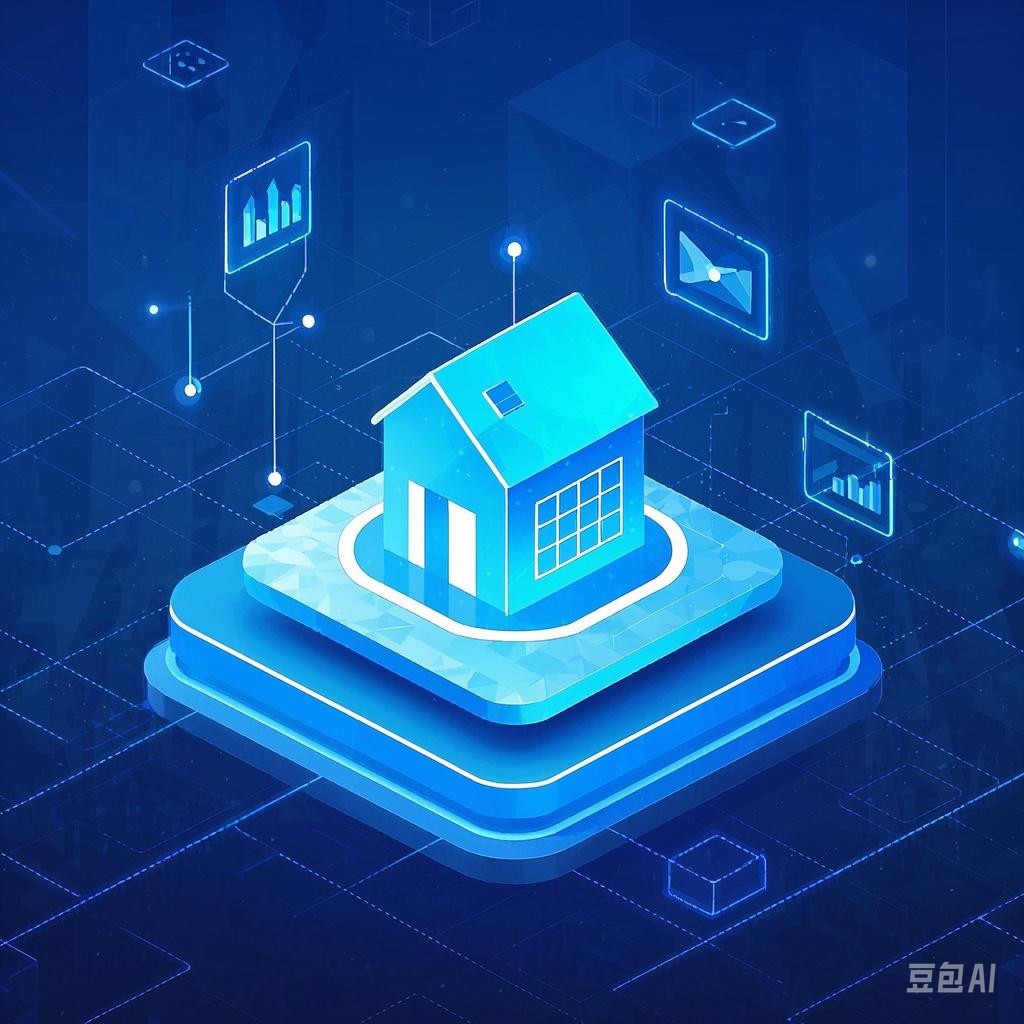The concept of the metaverse has gained significant traction in recent years, promising to revolutionize the way we interact with technology and each other. At its core, the metaverse is a virtual space where users can create, explore, and interact with a shared digital world. This article delves into the intricacies of the metaverse, its potential impact on various industries, and the technologies that are making it a reality.
The Evolution of Virtual Worlds
Virtual worlds have been around for decades, starting with simple text-based MUDs (Multi-User Dungeons) and progressing to complex 3D environments like Second Life. The evolution of these virtual spaces has been driven by advancements in technology, particularly in graphics, networking, and user interface design.
Graphics and Rendering
One of the most significant advancements has been in graphics and rendering. Early virtual worlds had limited graphical capabilities, with pixelated textures and basic 3D models. Today, thanks to high-end graphics cards and real-time rendering engines like Unreal Engine, virtual worlds can offer lifelike environments and characters.
Networking and Scalability
The scalability of virtual worlds has also improved dramatically. Early virtual worlds struggled with lag and connectivity issues, making it difficult to host large numbers of users simultaneously. Modern networking technologies, such as peer-to-peer networking and cloud computing, have made it possible to host massive, persistent virtual worlds that can accommodate thousands of users at once.
User Interface and Interaction
The user interface and interaction methods have also evolved. Early virtual worlds relied on text-based commands and simple point-and-click interfaces. Today, virtual worlds offer a variety of input methods, including keyboard, mouse, gamepad, VR controllers, and even voice commands, providing a more immersive and intuitive experience.
The Metaverse Ecosystem
The metaverse is not just a single virtual world but rather an entire ecosystem of interconnected virtual spaces. This ecosystem includes various components, such as:
Virtual Real Estate
Just like in the physical world, virtual real estate is a crucial part of the metaverse. Users can purchase, develop, and sell virtual land, creating unique spaces for entertainment, business, and social interaction.
Virtual Goods and Services
Virtual goods and services are another essential component of the metaverse. These can range from digital assets like skins and clothing for avatars to in-game items and experiences.
Social Interaction
Social interaction is a cornerstone of the metaverse. Users can meet, communicate, and collaborate with others in virtual spaces, forming communities and engaging in shared experiences.
Industries Impacted by the Metaverse
The metaverse has the potential to impact a wide range of industries, including:
Entertainment
The entertainment industry can leverage the metaverse to create immersive experiences, such as virtual concerts, movies, and games. Users can attend events from anywhere in the world, interacting with performers and each other in real-time.
Education
Education can benefit from the metaverse by providing immersive learning environments. Students can explore historical sites, conduct virtual experiments, and collaborate on projects with peers from around the globe.
Real Estate
The real estate industry can use the metaverse to showcase properties, host virtual open houses, and even sell virtual land. This can open up new markets and make property ownership more accessible to a broader audience.
Retail
Retailers can use the metaverse to create immersive shopping experiences, allowing customers to try on clothes, test products, and interact with virtual sales assistants.
Challenges and Considerations
While the metaverse offers exciting opportunities, there are also challenges and considerations to keep in mind:
Privacy and Security
Ensuring the privacy and security of users in the metaverse is crucial. Developers must implement robust security measures to protect users from data breaches and cyber attacks.
Accessibility
The metaverse must be accessible to users with disabilities. This includes providing alternative input methods, ensuring that virtual spaces are navigable, and offering assistive technologies.
Ethical Considerations
Developers must consider the ethical implications of the metaverse, such as the potential for digital divide and the impact on mental health.
Conclusion
The metaverse is an exciting and rapidly evolving field with the potential to revolutionize the way we interact with reality. By harnessing advancements in technology and addressing the challenges and considerations, the metaverse can become a transformative force across various industries. As we continue to unlock the metaverse, the possibilities are virtually limitless.
